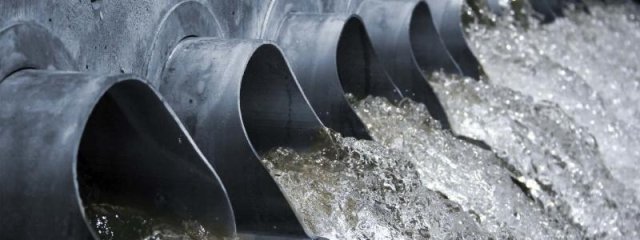Chemical and Microbial Risk Research

Protection of aquatic systems, for use as ecological entities and as sources of water for drinking and recreational uses, is compromised by shortcomings in our abilities to adequately determine and reduce the full range of risks posed by waterborne contaminants, including chemicals and microbial pathogens.
EPA research increases our understanding of water contaminants in order to promote safe recreational waters, maintain healthy water resources and ecosystems, and prepare for potential terrorist threats to the Nation’s water sources. Research is underway to better understand individual water contaminants as well as groups of contaminants in order to minimize human health risk and to identify effective treatment approaches.
Chemical Contaminants and Industrial Processes Research
The rate at which waterborne chemical hazards are assessed with traditional approaches cannot keep pace with the rate at which new chemicals are being introduced. EPA research aims to better understand the risks posed by certain chemicals, uncertainties related to chemical transfer and transformations within the environment, and inadequacies in monitoring exposures and effects.
- Prevalence of Contaminants in Treated and Untreated Drinking Water
- Water Contaminant Information Tool
Development and Evaluation of Large Volume Sample Preparation Techniques for Microbial Detection
Pathogenic microbes can potentially pose a risk to public health, even when they are present at very low levels in the environment. To know what microbes are present in a given water matrix, methods are needed that will effectively remove most of the water while retaining the microbes in a given sample. Once this is done, various analytical techniques can be used to determine if a given microbe is present in the sample. Therefore, effective, low cost techniques to concentrate and purify microbes from large volumes of water are critical. For example, viruses and parasites must often be isolated from 10-1600 liters of source water to be detected. Current sample collection techniques often require expensive filters, such as the Virosorb 1MDS filter, which have only been evaluated with a limited range of microbes.
EPA scientists are investigating several alternative approaches for separating microbes from water more effectively. They are also evaluating techniques that allow different types of microbes, such as viruses, parasites, and bacteria to be isolated. For instance, hollow-fiber ultrafiltration, which concentrates microbes by size, is being evaluated for both viruses and parasites, while the low-cost NanoCeram filter, which is based on charge interactions, is being evaluated for viruses. Scientists are also investigating an EPA developed technique that uses celite (diatomaceous earth) as a way to further concentrate and purify viruses from smaller volumes (30 milliliters -1 liter) of source water.
This work has resulted in the identification of low-cost alternative sample concentration techniques. In the long term, techniques such as hollow-fiber ultrafiltration are expected to be used in conjunction with multipathogen detection devices, opening the door to a multipathogen occurrence method. Such a method would be valuable for many applications, including large-scale occurrence studies such as the one supporting the Unregulated Contaminant Monitoring Rule.
Related Resources
- Methods for Water System Management to Minimize Human and Ecological Health Risk
- Final Report: A Field-Based Aquatic Life Benchmark for Conductivity in Central Appalachian Streams
- Federal-State Toxicology Risk Analysis Committee (FSTRAC)
- Microbiological and Chemical Exposure Assessment - Water
- Recreational Waters Research
- Water Security Research
- Water Quality Standards: Microbial (Pathogen)
- Unregulated Contaminant Monitoring Program
